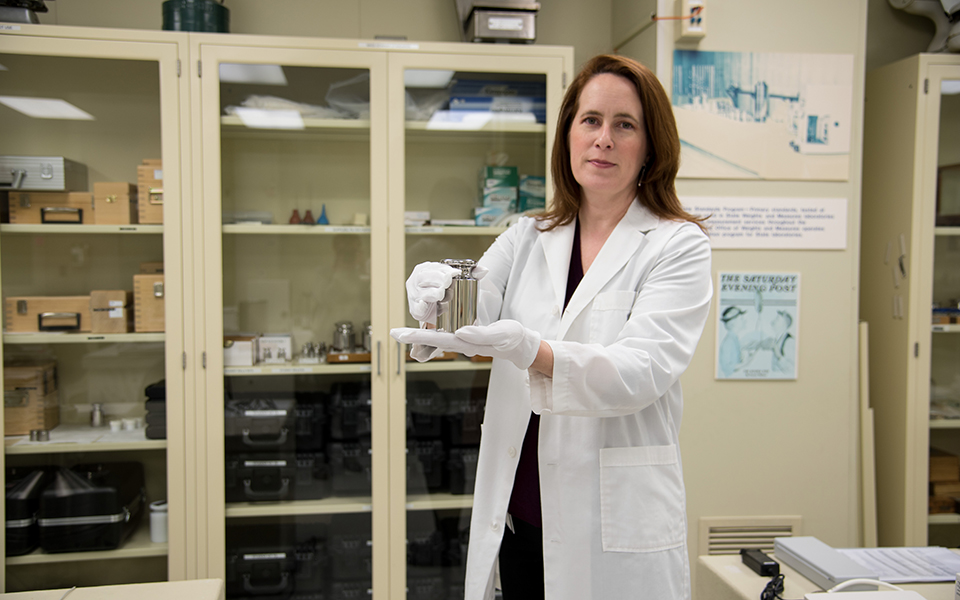Kilogram: The Future
Massive Change
With the international metrology community providing all the required measurements for updating the SI, the kilogram — along with three other SI units — was redefined in November 2018. Starting on May 20, 2019, the kilogram is officially defined in terms of a quantum-mechanical quantity known as the Planck constant (h), which will be given an exact value based on the best measurements obtained worldwide.
Getting there required a great deal of work in only a few years. Researchers have had to demonstrate that the Kibble balance and Avogadro sphere could reliably and repeatedly measure h, as a necessary step to define the kilogram.
But even that is not enough. Most people do not do their work in a vacuum. Scientists needed to develop a dependable method of transferring Kibble-balance measurements, which were made in a vacuum (to eliminate the buoyancy effects from the air displaced by the test mass), to physical mass standards that will be used in air. Although some organizations may construct Kibble balances of their own, the vast preponderance of calibrations made in government, commerce and academia — as well as the broad nationwide dissemination of the new kilogram — will still be conducted using physical mass standards handled in air.

So physical kilogram masses are not going away in the world of measurement science. They will still prove to be the most practical way to perform calibrations on a day-to-day basis. But the difference is that they are ultimately based on a kilogram standard that’s defined by fundamental constants of nature, and not a physical artifact. NIST, which maintains and disseminates the SI units for the United States, will play a major role in the realization of the new kilogram.
Learn more about mass calibrations under the new SI in this brochure.

